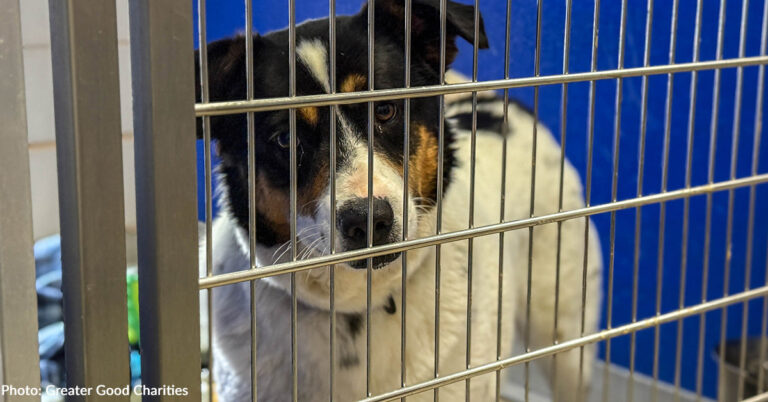In a startling turn of events, wildlife experts and residents in Fort Collins, Colorado, are witnessing the unsettling effects of a rare virus that’s transforming local rabbits into what some have described as “Frankenstein” creatures. These wild rabbits have been spotted with grotesque black growths, resembling stubby tentacles, protruding from their heads and faces. The cause? A little-known condition called the cottontail papilloma virus (CRPV), which has been studied extensively in scientific circles but is now making headlines due to its dramatic visual effects on infected animals.

The cottontail papilloma virus is not a new discovery. According to ScienceDirect, CRPV is a papillomavirus that causes cutaneous papillomatosis in rabbits. It has long been used as a model in research on papillomavirus-induced carcinogenesis. What is new, however, is the visibility and spread of these infected rabbits in populated areas, sparking concern among residents and wildlife authorities alike. The virus causes wart-like, keratinized lesions that can appear on various parts of the rabbit’s body, including the ears, eyelids, and neck. These lesions can grow into large, horn-like masses that have fueled myths like the “jackalope” — a legendary creature often depicted as a rabbit with antlers.

Photographs shared by locals on social media depict rabbits with dark, spiky projections emerging from their heads, mouths, and cheeks. One Fort Collins resident, Susan Mansfield, described her encounter with an infected rabbit, saying, “It looked like black quills or black toothpicks sticking out all around its mouth.” She noted that the rabbit had survived through multiple seasons, with the growths increasing in size over time. I found this detail striking — it underscores how persistent and visually alarming this condition can become.
Despite its alarming appearance, experts emphasize that CRPV is not contagious to humans. The virus affects only rabbits and is primarily transmitted through insect vectors such as mosquitoes and ticks. These pests bite infected rabbits and then carry the virus to others, allowing it to spread through populations without direct rabbit-to-rabbit contact. This mode of transmission raises concerns about the virus potentially expanding its reach across the Midwest, especially during warmer months when insect activity is at its peak.
Infected rabbits begin showing symptoms as red, raised spots on the skin. Over time, these spots develop into warty, pigmented masses that can grow large enough to impair the rabbit’s ability to see, eat, or hear. In severe cases, the lesions can become cancerous, posing a life-threatening risk to the animal. In the wild, this often leads to starvation or predation, as the affected rabbits become increasingly vulnerable.
Colorado Parks and Wildlife (CPW) has issued guidance urging the public to avoid all contact with infected rabbits, even though CRPV is not considered a cross-species threat. The agency stresses that while the virus cannot be directly transmitted by the rabbits themselves, the insects that spread it are common and difficult to control. Therefore, minimizing interaction with wild rabbits and avoiding areas where they congregate is advised, particularly for pet owners and those with young children.
For domestic rabbit owners, the advice is clear: protect pets from mosquito and tick exposure. If a pet rabbit is bitten and develops lesions, veterinary intervention is essential. Tumors can often be surgically removed before they become malignant. Preventive measures such as using insect screens, avoiding outdoor enclosures during peak mosquito hours, and maintaining a clean environment can help reduce the risk of infection.
While the sight of these infected rabbits may be unsettling, it’s important to view the situation through a scientific lens. CRPV, though dramatic in its symptoms, offers researchers valuable insights into how papillomaviruses function and spread. The virus’s ability to cause both benign and malignant tumors in rabbits makes it a useful model for studying similar conditions in other species, including humans.
Interestingly, the article also draws a parallel to another bizarre phenomenon in the natural world: the parasitic fungus ophiocordyceps unilateralis, also known as the “zombie-ant fungus.” This organism takes over the bodies of insects, eventually killing them and using their corpses as a platform for reproduction. Though unrelated to CRPV, the fungus has similarly eerie characteristics and has inspired fictional portrayals in popular media such as “The Last of Us.” Some species of Cordyceps, particularly those found in caterpillars like Cordyceps militaris, are even sold for their alleged medicinal properties. However, experts caution against consuming these fungi without proper knowledge, as not all varieties are safe for human use.
The emergence of CRPV-infected rabbits in Colorado serves as a reminder of the complex and often unsettling interactions between wildlife and disease. While the virus poses no direct threat to humans, its impact on rabbit populations and the ecosystem at large is significant. Continued monitoring and public awareness are essential to managing its spread and ensuring the health of both wild and domestic animals.
Read more at unilad.com


















